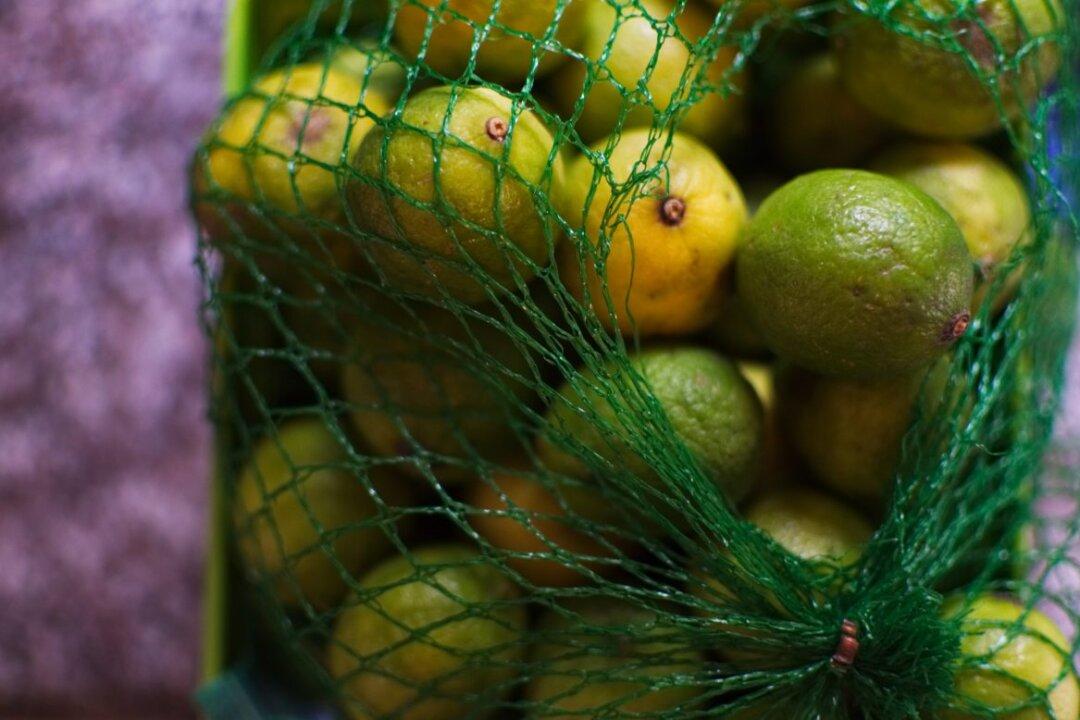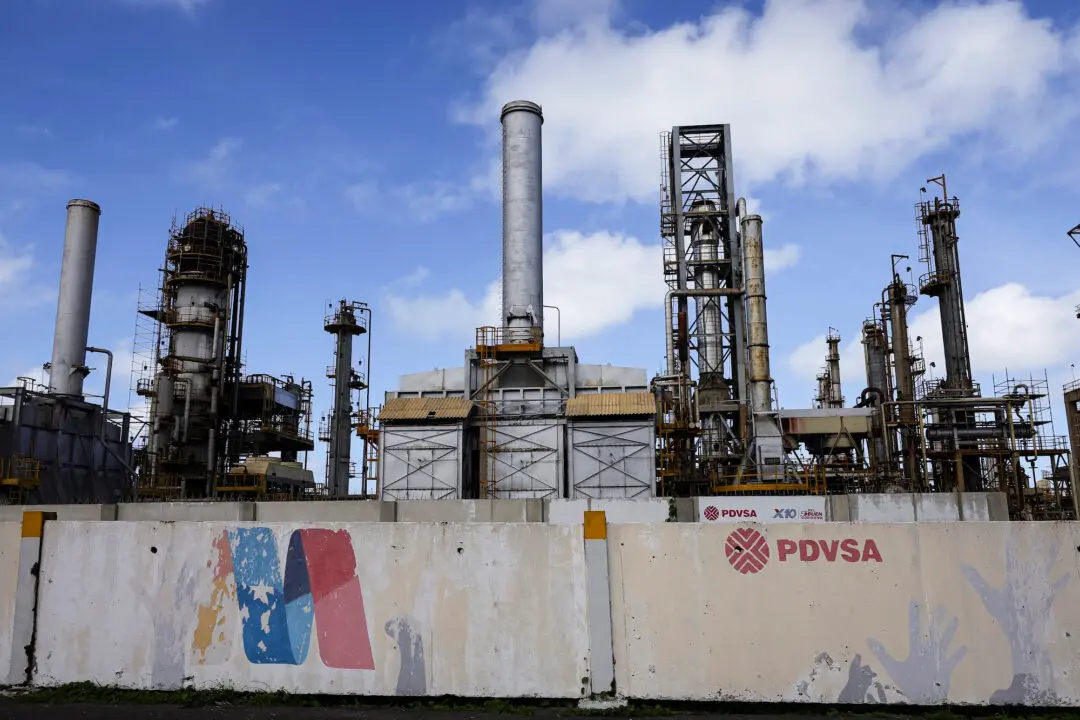The mother of a 3-year-old said she was left “traumatized” when horrific burns appeared on her daughter’s skin in a condition known as “margarita burn.”
Sabrina Miller wrote in a post on Facebook that after an early June weekend of camping, swimming, “being in the sun” and “eating limes at the lake,” her daughter “woke up with what appeared to be a severe sunburn in weird shapes on her face.”






